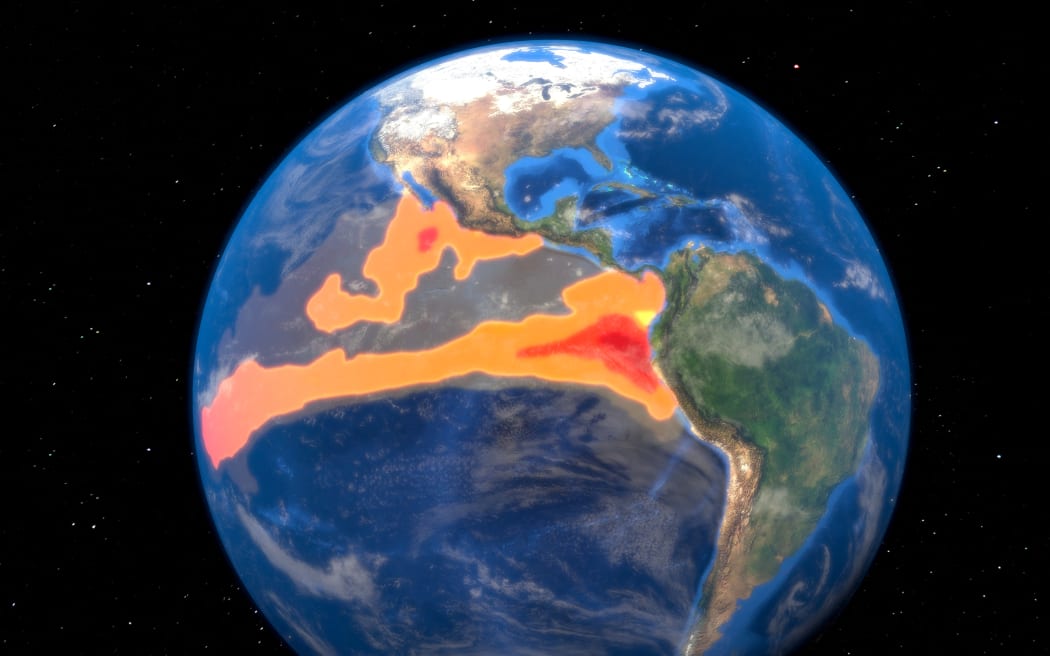Drought declared in parts of Tonga

8 October 2023. Tonga Meteorology has declared a drought for the islands of Tongatapu and 'Eua, with alerts for Niuafo'ou and Niuatoputapu, and warnings for Ha'apai and Vava'u this month.
A rain deficit is forecast for the coming months as the impacts of an El Niño take hold across the region.
In the last three months, the rainfall in Tongatapu has been below average.
Local media report that until December, Tongatapu, Vava'u, Ha'apai, and 'Eua, should expect 30 percent less rainfall than usual. Niuafo'ou and Niuatoputapu are forecast to receive 20 percent less.
The public has been urged to use rainwater and tap water efficiently, in order to conserve supplies.
The El Niño Alert for Tonga continues, with El Niño development likely during the September to December period, as the criteria for the alert have been met.
In previous years, when El Niño Alert criteria have been met, an El Niño event has developed about 70 per cent of the time.
Sea surface temperatures (SSTs) in the tropical Pacific are exceeding El Niño thresholds, with climate models indicating this is likely to continue at least through to early 2024.
In July, the World Meteorological Organization declared the onset of El Niño conditions in the tropical Pacific, for the first time in seven years.
This sets the stage for a likely surge in global temperatures and disruptive weather and climate patterns.
In September, Vanuatu declared an El Niño weather evemt for the country. According to the Vanuatu Meteorological and Geo-Hazards Department people should expect drier conditions in the coming months, during the event.




